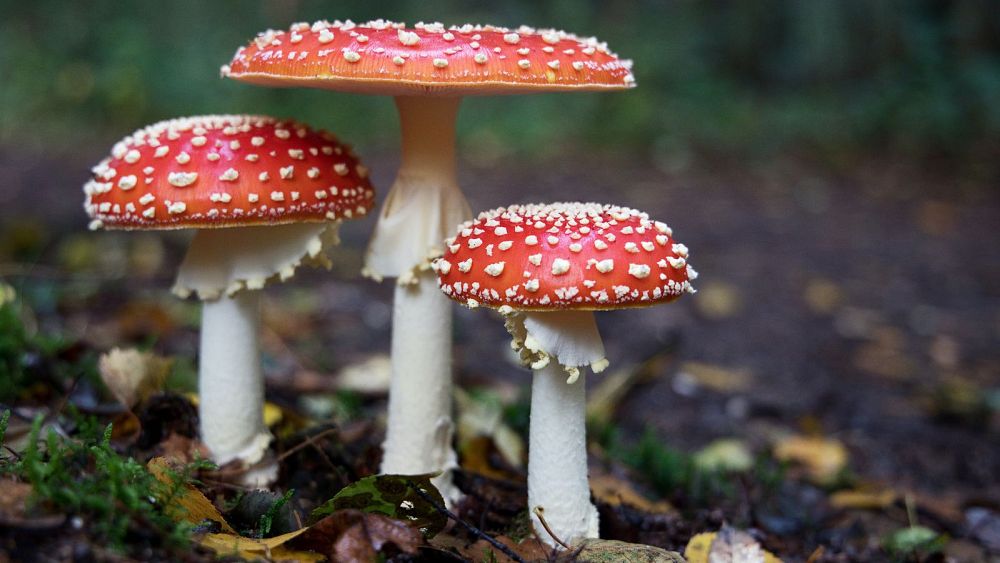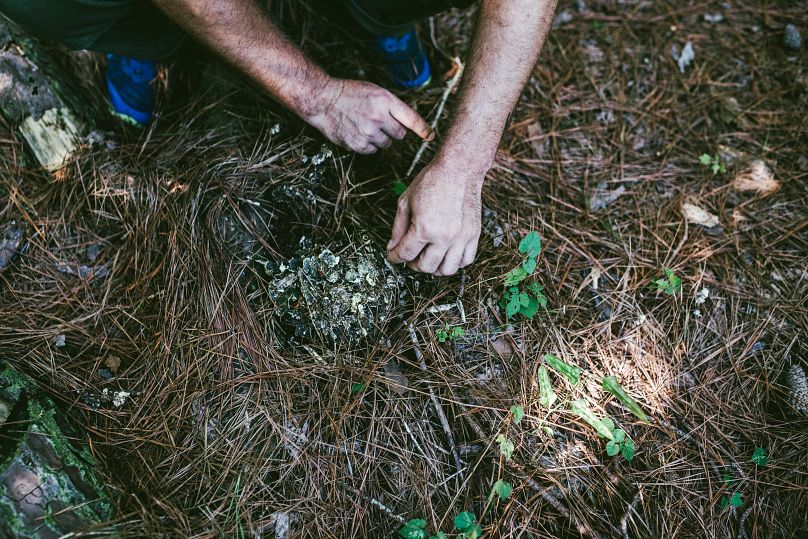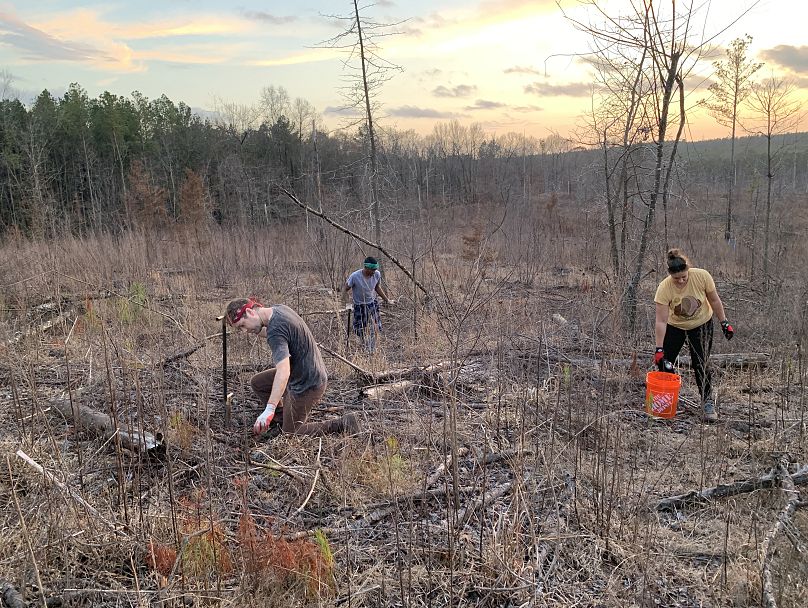
Rewilding forests with fungi is the latest way that companies will be able to offset their carbon emissions.
The carbon offsetting industry has come under intense scrutiny in recent weeks, with more than 90 per cent of projects approved by the world’s leading certifier, Verra, found to be largely worthless.
There’s no doubt that we face a colossal carbon dioxide problem; the IPCC warns that we must remove 1000 GtCO2 of the gas from the atmosphere this century to limit global warming to 1.5C.
And pending a technological miracle, forests are the globe’s greatest carbon-sucking allies. For better or worse they make up the bulk of ‘nature-based’ carbon offsets.
So how do we support our trees, while at the same time tightening up the offset schemes that rely on them?
The answer lies in a “galaxy below our feet”, according to the enterprising ecologists behind Funga, the world’s first company using the fungal microbiome to create commercial credits.
How do fungi help forests grow?

Funga founder Dr Colin Averill has been studying mycorrhizal fungal networks for over 15 years.
As part of a research team at ETH Zurich University, he has shown that the reintroduction of wild soil microbial biodiversity can accelerate plant growth by an average of 64 per cent.
“An entire galaxy exists below our feet, made up of millions of species of bacteria and fungi,” says the ecologist and climate scientist.
“These microscopic organisms have profound effects on forest growth and carbon capture that until now have been overlooked as a way to accelerate natural climate solutions while also restoring essential microbial biodiversity to our soils.”
Forests have a rich subterranean social life. A handful of soil has well over 100 kilometres of fungal hyphae running through it, which lace through the roots of plants, providing nutrients while drawing down CO2.
In order to sink as much CO2 as possible, Funga is using modern DNA sequencing and machine learning technology to put the right native, biodiverse communities of mycorrhizal fungi in the right places.
From a biodiversity perspective alone, more fungi is good news. Agricultural practices often rob the soil of microbial complexity, which an injection of ecosystem-specific fungi helps to build back up.
How will Funga turn its projects into carbon credits?

The new company has just raised $4 million (€3.7 million) in a seed funding round led by Azolla Ventures — a venture capital firm which helps finance climate solutions.
Announcing the news on 15 February, Funga says the money will be used to develop its software and data sets; to scale up its fungi-focused restoration projects; and bring its form of “high-quality, sustainable” carbon removal to an eager market.
Its first microbiome restoration project recently launched in Lexington, Georgia in partnership with Conservation Resources. Over the next 18 months, Funga will create another 2,500 acres of forest microbiome projects within the loblolly pine footprint of the southern United States.
The company’s goal is to sequester at least three billion tons of carbon dioxide through rewilding forests by 2050.
It will measure how much additional carbon dioxide is captured as a result of forest microbiome restoration and will make this available to corporate buyers as part of their carbon removal portfolio.
